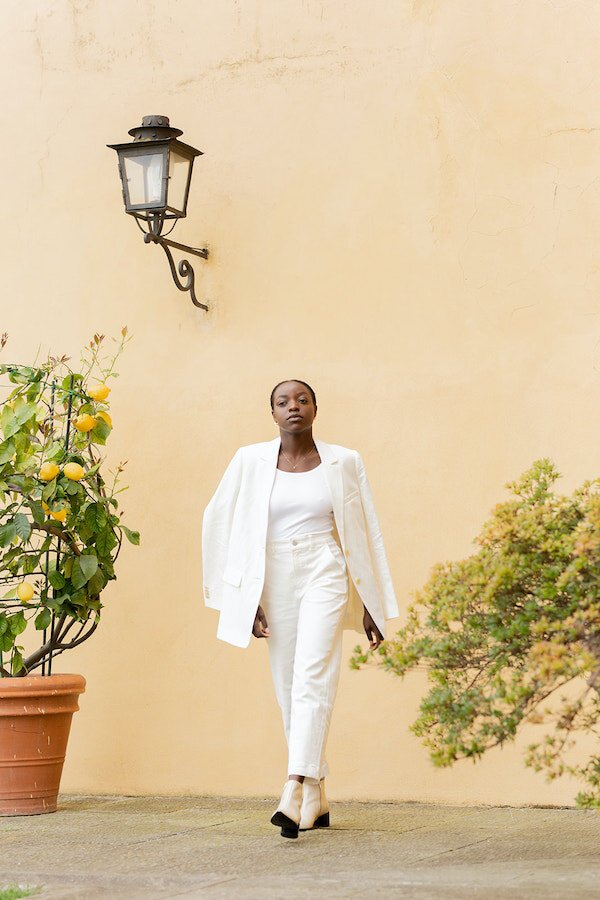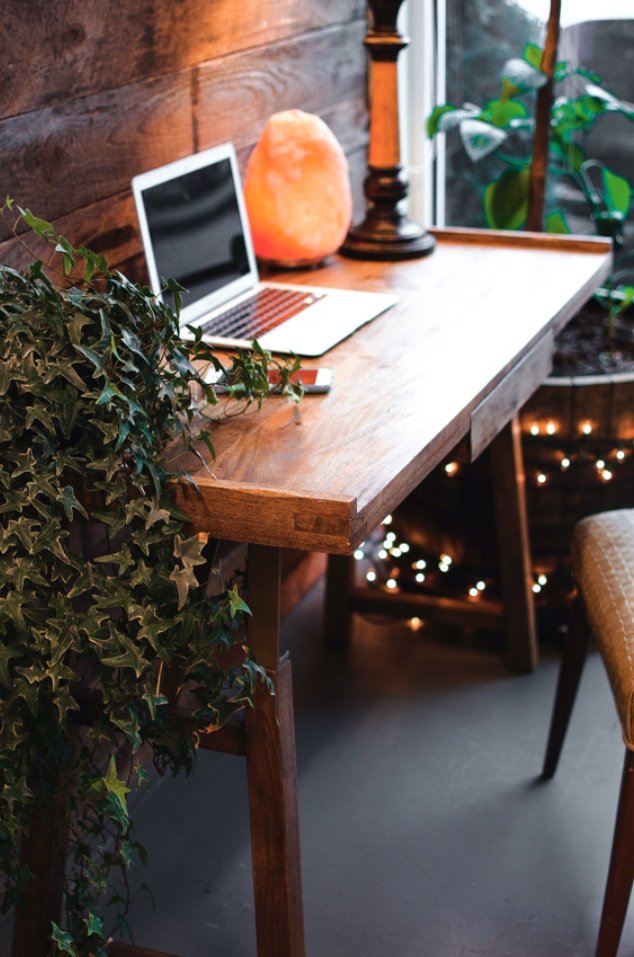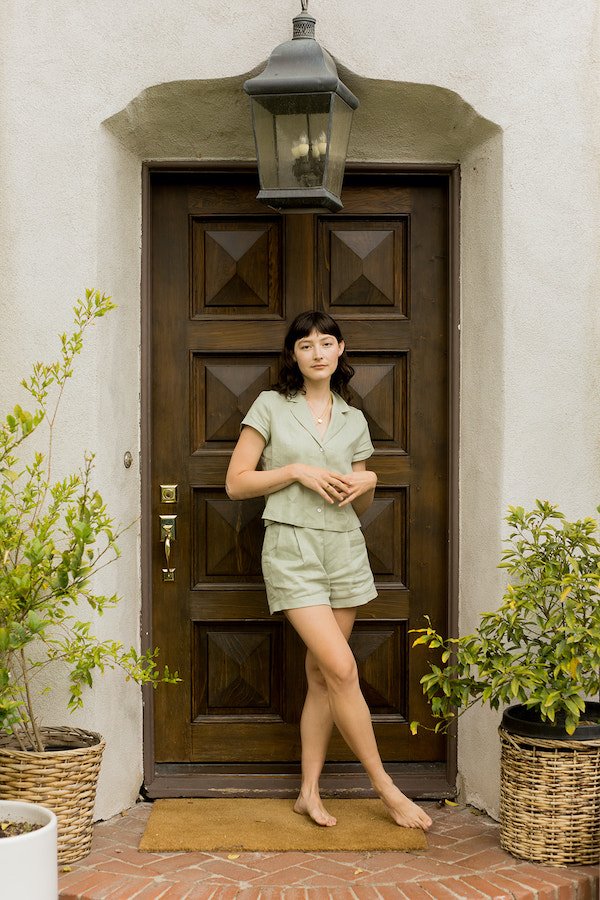
How To Be More Resilient
How can we cultivate resilience?
In the Tierra del Fuego region in southern Argentina, the land is wild and exposed to the elements. Though technically an archipelago that’s separated by the Strait of Magellan, the main island is reachable by car and is the farthest point south one can travel in the world without needing a boat. It’s a place where the water creeps into the forest floor, creating bogs and wetlands, and the peaks soar above glaciers.
“With coiled trunks and crooked branches, it seemed impossible that they were still standing. Yet there they were.”
It’s also a place where the trees grow sideways. Called arboles banderas (or ‘tree flags’), they are sculpted and shaped by the strong winds, which can reach upwards of 70 mph. But rather than resisting the inhospitable weather, the trees surrender. They bend their branches, growing horizontal and twisted, seeping their roots deep into the soil. Through years of endurance, they have learned to adapt to their environment.
I’m a lover of metaphor and symbolism, and, recently, I’ve been thinking about these trees more often. When I saw them in person years ago, I was taken aback by how majestic and surprising they appeared. With coiled trunks and crooked branches, it seemed impossible that they were still standing. Yet there they were. Even as the leaves tousled in the wind, the trunks remained solid and steadfast. The wind had made them even stronger.
Resilience, as defined by The American Psychological Association, is “the process of adapting well in the face of adversity, trauma, tragedy, threats, or significant sources of stress.” Likewise, The Canadian Journal of Psychology explains it as “positive adaption, or the ability to maintain or regain mental health, despite experiencing adversity.”
“Resilience may be woven into our DNA, [but] it’s also a posture that can be cultivated.”
While research suggests resilience may be woven into our DNA, and that certain people are more likely to adapt to challenging environments, it’s also a posture that can be cultivated. But how?
We Rely On Our Communities
According to the APA, the road to resilience is not an easy one, and “it’s likely to involve considerable emotional distress.” Mental health professionals emphasize the importance of cultivating resilience through practices like trauma-informed care and community support. Just as we need each other for support during traumatic experiences, we need our communities in the aftermath.
In a recent study published by Urban Forest & Urban Greenery, researchers found that community gardens helped foster community resilience after an earthquake. Not only do gardens offer social support, but they can help minimize food insecurity for those most impacted by natural disasters. The study also notes the gardens as a place to “de-stress, share experiences, and gain community support.” Others have made similar findings, arguing that gardens may strengthen “psychosocial resilience after a disaster.”
“It’s often helpful to lean on others and to provide support to them in return.”
“In order to navigate unforeseen challenges and to rise above our circumstances, it’s often helpful to lean on others and to provide support to them in return,” says Saba Harouni Lurie, a Licensed Marriage and Family Therapist and Board Certified Art Therapist. “Resilient communities use available resources to get through dark times. We can foster resilience with the people around us by getting creative together and helping each other get through.”
We Share Our Stories
There is power in storytelling, and healing can happen when we release the stories we carry. Carrie Krawiec, LMFT at Birmingham Medical Clinic, says that resilience is strengthened when we share our narratives with one another.
“In research of families following horrors like the Holocaust, [those] with a pattern of sharing stories of things that had happened were more resilient in subsequent generations […],” she says.
“We can build resilience by listening, validating, and holding space for our loved ones to safely express their feelings and experiences.”
“In families where the pattern was to sweep [things] under a rug or push down these stories for fear they would be too upsetting, there was shame and avoidance of difficulty. And when difficulty happened, it would feel like there was no well with which to pull resilience from.”
We can build resilience by sharing our narratives and acting as a witness to others. This includes listening, validating, and holding space for our loved ones to safely express their feelings and experiences. Of course we can’t do this for everyone—and emotional boundaries are important as we all learn to heal together. Talk or group therapy can also be a helpful avenue for processing narratives in a safe setting.
We Return To Ourselves
Finally, we become more resilient when we return to ourselves. There is an urgency here—not only to survive and adapt but to turn inward. A crucial part of cultivating resilience is refusing to allow our circumstances to change our spirits.
“I return to myself through writing, time spent in nature, and spiritual practices. These are things I can count on.”
For me, this comes back to rooting myself in peace that isn’t determined by the world around me. I return to myself through writing, through time spent in nature, and through spiritual practices. These are things I can count on regardless of how my world is shifting, for better or for worse.
I remember growing up, my dad would always emphasize the difference between happiness and joy. “Happiness is a verb, and it’s fleeting,” he would tell me, “But joy is a posture of the spirit, and it runs deep. Nothing can steal your joy unless you let it.”
While these words can sound and feel empty at times, especially in the midst of pain and grief, they are also a reminder that I can choose joy and peace. It’s up to me.
The human spirit is strong. We are capable of withstanding the hardest of circumstances. History has taught us this, and so have the past few years. We are more resilient than we believe ourselves to be. We can do hard things, and we can keep moving forward.
My hope is that we will find our way through, that we will learn to bend like trees. When the winds feel impossible, we will cling to each other and reach our roots deeper into the soil. And then we will continue to grow.
Kayti Christian (she/her) is a Senior Editor at The Good Trade. She has a Master’s in Nonfiction Writing from the University of London and is the creator of Feelings Not Aside, a newsletter for sensitive people.





